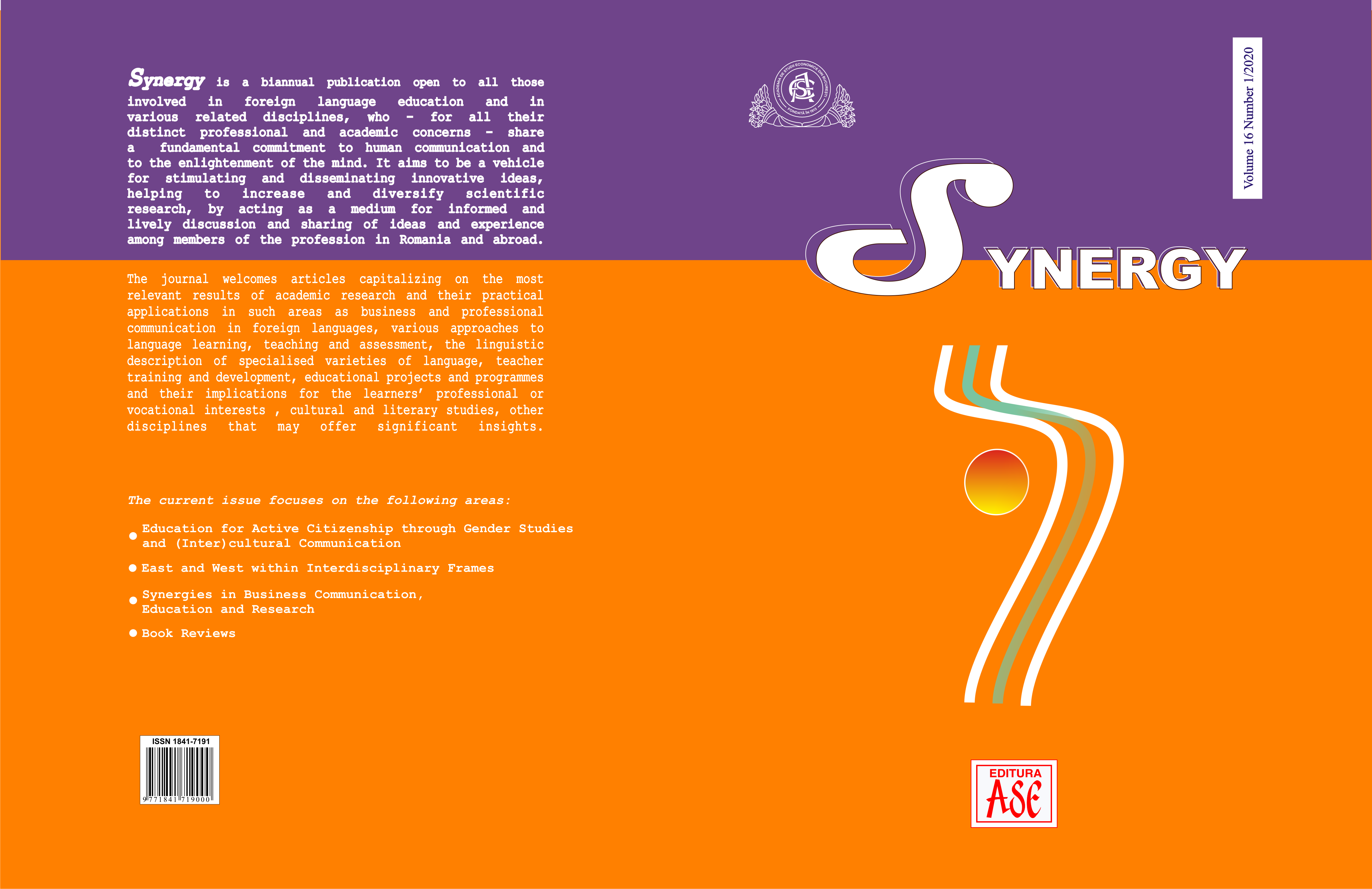RE-FRAMING MASCULINITY IN JAPAN: TOM CRUISE, THE LAST SAMURAI AND THE FLUID METANARRATIVES OF HISTORY
RE-FRAMING MASCULINITY IN JAPAN: TOM CRUISE, THE LAST SAMURAI AND THE FLUID METANARRATIVES OF HISTORY
Author(s): Maria GrajdianSubject(s): Social Sciences, Language and Literature Studies, Gender Studies, Literary Texts, Semiotics / Semiology, Media studies, Fiction, Theoretical Linguistics, Communication studies, Novel
Published by: EDITURA ASE
Keywords: The Last Samurai;Tom Cruise;masculinity;Meiji Restoration;Japan;modernity;
Summary/Abstract: After its release in 2003, The Last Samurai became a major success at the Japanese (and international) box-office, simultaneously marking a turning point in the illustration of Japan by Western media, and more specifically, by US-American institutions of mass entertainment, such as Hollywood. The Last Samurai has been mostly discussed on the background of the historical realities it depicts (the Meiji Restoration of 1868, the unconditional import of Western artefacts and values, the clash between old and new in Japan by mid-19th century) or from the perspective of the impact it had on the representation of Asian or other non-European cultures by American mainstream mass-media. Based on a 15-year empiric-phenomenological fieldwork in the slippery domain of Japanese mass-media, as well as in-depth literature research on new media, masculinity studies and entertainment industry with specific focus on Japan, this paper argues that the character embodied by Tom Cruise – the typical white male from Japanese perspective – displayed an unexpectedly refreshing insight into the prevalent masculinity ideal in Japan, as subliminally suggested by the Japanese characters. On the one hand, it challenges the image of the samurai, both in its historical idealization (stoic warriors and social elite) and in their contemporary adaptation (carriers of Japan’s post-war recovery). On the other hand, it questions the values incorporated by classical Japanese masculinity and suggests a credible alternative, with emotional flexibility, human warmth and mental vulnerability as potential core attributes.
Journal: Synergy
- Issue Year: 16/2020
- Issue No: 1
- Page Range: 50-64
- Page Count: 15
- Language: English

